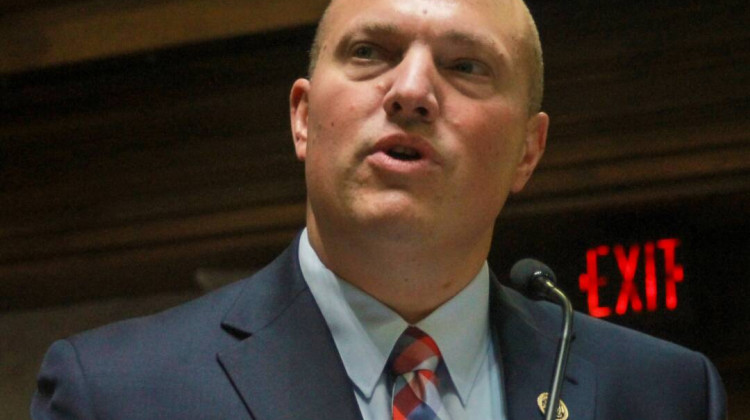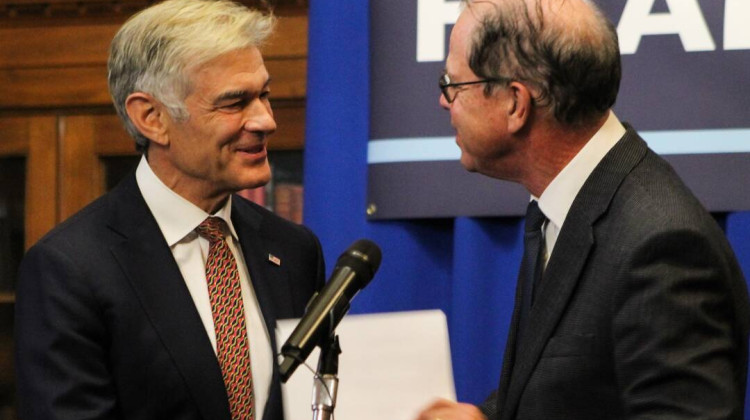LAFAYETTE, Ind. -- Purdue University made national headlines this spring when the school’s researchers were the first to map the entire molecular structure of the Zika Virus. But National Institutes of Health leaders visited campus Thursday to say such triumphs may come less frequently unless Congress acts soon to secure funding.
March’s Zika breakthrough came with the help of money from grants funded by the NIH, the agency responsible for federal biomedical and health-related research.
The NIH, along with the White House, has been pushing for Congress to appropriate funds to research the disease. Earlier this year, close to $600 million was redirected from Ebola research to the Zika effort. And in August, the NIH started shifting its own funds around. NIH Director Francis Collins says that money is already running out.
“We’re going to run out of money for this by the end of September and so is the CDC,” Collins says. “Despite having borrowed it from other places [such as] Ebola, but more recently borrowed from the entire NIH budget.”
Collins, who visited Purdue Thursday to learn more about the University’s Zika-fighting research, says that means the NIH is doing less work on other diseases such as Alzheimer’s and diabetes.
Congressional efforts to funnel more than a billion dollars into Zika research — which included money for grants to universities — stalled shortly before the summer recess. Senate Democrats objected to the bill’s refusal to include Planned Parenthood in a group of providers that would receive funding for contraception to help fight the spread of the disease.
Congress reconvenes next week, and Indiana Sen. Joe Donnelly — who voted for the original bill and who joined Collins at Purdue Thursday — says he hopes his Democratic colleagues in the Senate will do whatever is necessary to approve Zika funding.
“We can’t be in this nonsensical situation where when we help Zika, we’re taking away from Alzheimer’s and muscular dystrophy,” Donnelly says.
Last year, Indiana researchers used over $200 million dollars in NIH grant money to conduct scientific and medical research.
Collins says the agency represents the largest supporter of biomedical research in the world, but it could have even a bigger impact if it could send more grant money to research universities.
“I think if you want to see investments made that are going to improve human health and advance the U.S. economy, what’s happening here and what’s happening in institutions all over the country that are doing this kind of research is a great place to go,” Collins says.
Purdue has also dedicated a significant amount of its own money toward research, which includes a recently-announced $250 million commitment for the life sciences.
 DONATE
DONATE







 View More Articles
View More Articles

 Support WFYI. We can't do it without you.
Support WFYI. We can't do it without you.